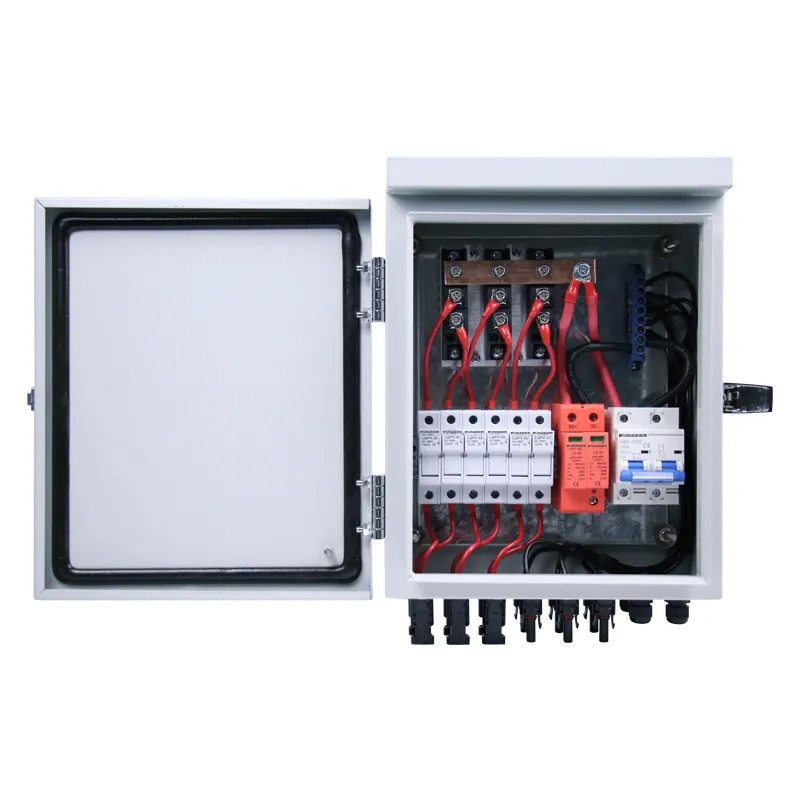Centralized vs. Decentralized PV Combiner Boxes: Which Strategy Fits Your Solar Project?
When planning a photovoltaic (PV) installation, the configuration of combiner boxes can significantly impact performance, ease of maintenance, and cost. Two common strategies are centralized and decentralized combiner box layouts.
Centralized Combiner Box Configuration
In this setup, multiple strings are routed to a single central combiner box, often located close to the inverter. This design reduces the number of combiner boxes and simplifies inverter connections.
Advantages:
- Lower material costs
- Simplified maintenance location
- Efficient inverter integration
Disadvantages:
- Longer string cable runs
- More cable losses
- Complex cable management
Decentralized Combiner Box Strategy
Here, smaller combiner boxes are distributed near each string or panel group, reducing the cable length and voltage drop. This setup is common in ground-mounted and rooftop systems.
Advantages:
- Reduced voltage drop and power loss
- Flexible installation
- Faster string troubleshooting
Disadvantages:
- Higher upfront cost
- More devices to maintain
Choosing the Right Approach
The optimal solution depends on the project scale, layout, and budget. Centralized systems suit utility-scale farms, while decentralized layouts are ideal for commercial rooftops and remote locations.



